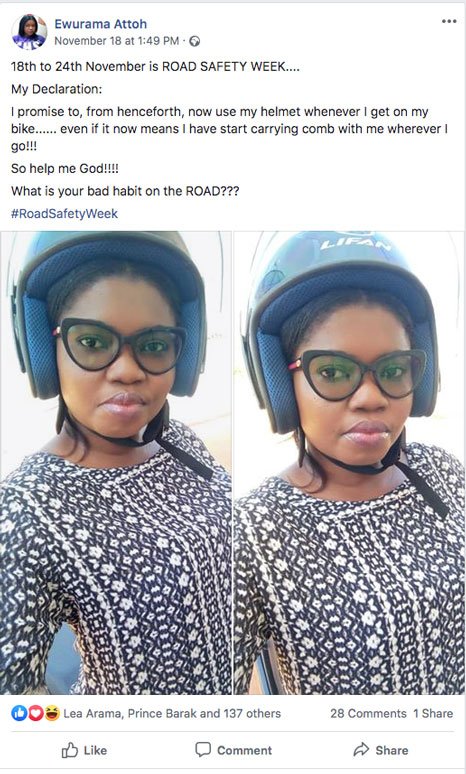Rice farmers at Fumbisi in the Bulisa
South District of the Upper East Region are appealing to the government to
provide markets and storage facilities for their massive rice harvest this
year.
While some
of the farmers are unable to find market for their produce or good storage
facilities, others are selling at give-away prices, because the markets are
flooded with imported rice sold at relatively lower prices.
When the
Ghana News Agency (GNA) visited the farms, it observed that the farmers had
harvested and bagged about 60,000 maxi bags of rice, left in the open, because
of lack of storage facilities and readily available market.
Mr Richard
Akoka, a farmer, told the GNA in an interview that even though they faced
several problems during the farming season, “Our main problem now is available
market to sell our rice. Rice is getting rotten, farmers are helpless and
frustrated.”
We are also
afraid of bush fires since the harmattan winds have dried up all the grass and
any little spark can cause a lot of havoc, he added.
He said
even at a reduced price there were still no buyers.
He said
previously, some companies in Tamale used to buy from them, “All we needed to
do was to just transport the produce there. It encouraged us to increase our
production; that those who used to sow 100 bags, increased to 150 while others
increased from 150 to 200 bags of rice seed.”
Mr Akoka
said apart from the increased production, new farmers have joined them and
unexpectedly, the companies said they are no longer buying.
He said even
with the delay in fertilizer application because commercial farmers could not
buy the government’s subsidised fertilizers under the ‘Planting for Food and
Jobs’ programme, they still had a bumper harvest.
“I have
packed my rice in some bush, it is not easy and we have pumped a lot of money
into producing this rice. But unfortunately, we are still importing rice into
this country when we have enough rice sitting here.”
He said
they had employed so many people but because of the challenge, most of the employees
would be laid off next year and called on government to stop the importation of
rice.
Mr Samuel
Abiayega, another farmer, who expressed worry about the situation, said “look
at the rice on the ground, cars and tricycles are riding over it because we
don’t even have a place to dry, we don’t have buyers. We are pleading with
government to come to our aid, it should stop rice importation.”
Mr Sylvan
Dauda Danaa, the Builsa District Director of the Ministry of Food and
Agriculture said Fumbisi is one of the highest producers of rice in the region
after Navrongo, because Navrongo depended on rain and irrigation for production.
He said the district has a variety of cereals and legumes and currently the
farmers have produced rice and are having challenges to markets.
He said it
would be appropriate for market linkages to be created since a lot of people
could be feed on that score.
He said
rice production had risen from 1.3 metric tonnes per hectare in 2017 to three
metric tonnes per hectare as compared to the country’s average which was
between 2.5 metric tonnes per hectare to four metric tonnes per hectare.
He said the
district has nine valleys earmarked for rice production with land size of about
4,600 hectares, out of the number; about six portions have been developed,
while the total land area developed is about 866 hectares.
The rice farmers are mostly from Gbedembilsi, Yagba, Wiesi and other
neighbouring communities within the District.
Mr Daniel
Kwame Gariba, the Builsa South District Chief Executive who recently addressed
the press at the meet-the-press series of the District, said it was a major
challenge facing the District this year.
“We are in
talks with some of the farmers, so that we can provide them with places for
them to store the rice, while we look for buyers for the produce. That is one
of the reasons why government is putting up warehouses.”
He said the
situation was a wakeup call for the country to minimise the importation of
rice, and to consume what was locally produced by farmers.




![[New Video]Trouz – Slay ft YCBisweka [New Video]Trouz – Slay ft YCBisweka](https://atigsi.com/wp-content/uploads/2019/11/TROUZ-768x343.jpg)



